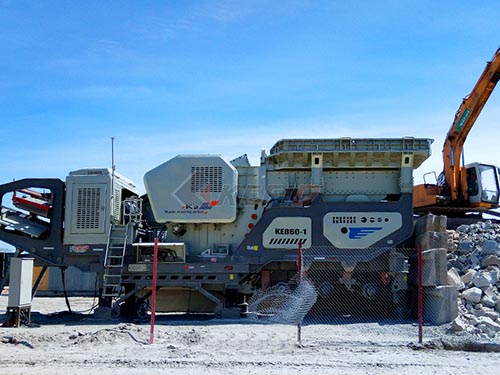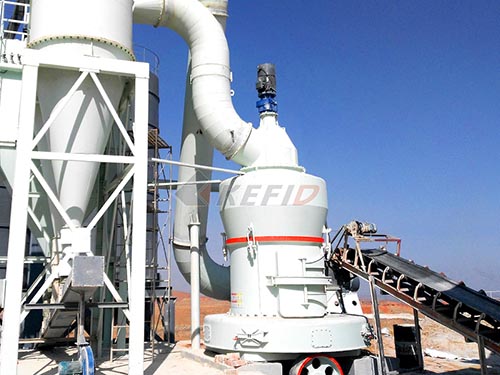A rotary kiln is a large, rotating cylindrical furnace used in various industrial processes to heat materials to high temperatures (typically between 900°C and 1,500°C or higher). It is widely used in industries like cement production, metallurgy, chemical processing, and waste treatment.

Key Components of a Rotary Kiln:
1. Cylinder (Shell): A long, slightly inclined steel tube lined with refractory bricks to withstand high temperatures.
2. Drive System: Motors and gears that rotate the kiln at a controlled speed (typically 0.5–5 RPM).
3. Support Rollers & Tyres (Riding Rings): Bearings that support the kiln’s weight and allow smooth rotation.
4. Burner & Fuel System: Provides heat using fuels like coal, gas, oil, or alternative fuels (e.g., waste materials).
5. Refractory Lining: Heat-resistant material inside the kiln to protect the shell and retain heat.
6. Seals: Prevent air leakage at the inlet and outlet.
7. Cooling & Exhaust Systems: Manage temperature and emissions.
How a Rotary Kiln Works:
1. Material Feed: Raw materials (e.g., limestone, ore, or waste) enter the kiln’s upper end.
2. Rotation & Heating: The inclined kiln rotates slowly, causing material to move toward the hotter end while being heated by the burner.
3. Chemical Reactions: High temperatures trigger processes like calcination (e.g., turning limestone into lime), reduction (metals), or clinker formation (cement).
4.

charge: Processed material exits at the lower end for cooling/further processing.
Applications of Rotary Kilns:
1. Cement Production:
– Calcination of limestone to produce clinker (main component of Portland cement).
2. Metallurgy:
– Roasting/refining ores (e.g., iron, aluminum, zinc).
– Production of sponge iron via direct reduction (DRI).
3. Chemical Industry:
– Manufacturing lime, alumina, titanium dioxide, etc.
4. Waste Treatment:
– Incineration of hazardous waste or sewage sludge.
– Pyrolysis of tires/plastics for recycling.
Advantages:
✔ Continuous processing with high throughput.
Leave a Reply